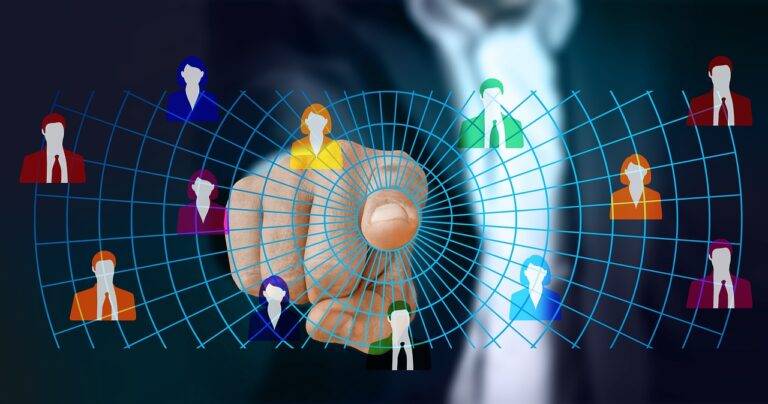Exploring the Rise of Smart Cities in Developing Nations
As developing nations strive for progress and modernization, the implementation of smart city initiatives has become a key focus area. These cities are leveraging technology to enhance urban infrastructure, improve public services, and optimize resource management. By harnessing data analytics and IoT devices, developing nations are working towards creating efficient and sustainable urban environments for their citizens.
One of the main objectives of smart city initiatives in developing nations is to address the growing urbanization challenges such as traffic congestion, waste management, and energy consumption. Through the adoption of smart solutions like smart transportation systems, waste collection apps, and energy-efficient buildings, these cities are able to create more livable and resilient communities. By embracing innovation and digital transformation, developing nations are paving the way for a brighter and more connected future for their citizens.
Challenges Faced in Implementing Smart City Solutions
Implementing smart city solutions in developing nations comes with a myriad of challenges. One major hurdle is the lack of adequate infrastructure to support such advanced technologies. Often, the existing infrastructure is outdated and not capable of handling the requirements of smart city solutions, resulting in significant investments needed to revamp the infrastructure.
Furthermore, the financial burden of implementing smart city solutions poses a significant challenge. Developing nations already struggle with limited budgets and competing priorities, making it difficult to allocate funds for expensive technological upgrades. Securing funding from public and private sources becomes a daunting task, leading to delays or scaled-down versions of planned smart city initiatives.
Technological Innovations Driving Smart City Development
Smart city development is increasingly being propelled by advanced technological innovations that are revolutionizing urban living. The widespread integration of Internet of Things (IoT) devices, such as sensors and smart meters, is enabling cities to collect real-time data on various aspects of urban life, leading to more efficient resource management and enhanced citizen services. These technologies are instrumental in creating sustainable and resilient cities by optimizing energy consumption, improving transportation systems, and enhancing public safety measures.
Furthermore, the adoption of artificial intelligence (AI) and machine learning algorithms in smart city initiatives is reshaping how urban environments operate. AI-powered systems can analyze massive datasets to identify patterns, predict future trends, and automate decision-making processes. This not only streamlines city operations but also enables proactive measures to address emerging challenges, such as traffic congestion, air pollution, and infrastructure maintenance. Ultimately, the convergence of these technological innovations is driving the transformation of traditional cities into intelligent, connected hubs that prioritize the well-being and quality of life for all residents.
What are some examples of smart city initiatives in developing nations?
Some examples include the adoption of IoT sensors for traffic management, implementation of smart grids for efficient energy distribution, and the use of big data analytics for urban planning.
What are the main challenges faced in implementing smart city solutions?
Some of the main challenges include lack of funding, resistance to change from government officials and citizens, interoperability issues between different technologies, and concerns about data privacy and security.
How are technological innovations driving smart city development?
Technological innovations such as artificial intelligence, blockchain, and 5G networks are enabling smart city solutions to be more efficient, sustainable, and interconnected. These technologies are helping cities improve their infrastructure, transportation systems, energy usage, and overall quality of life for residents.





